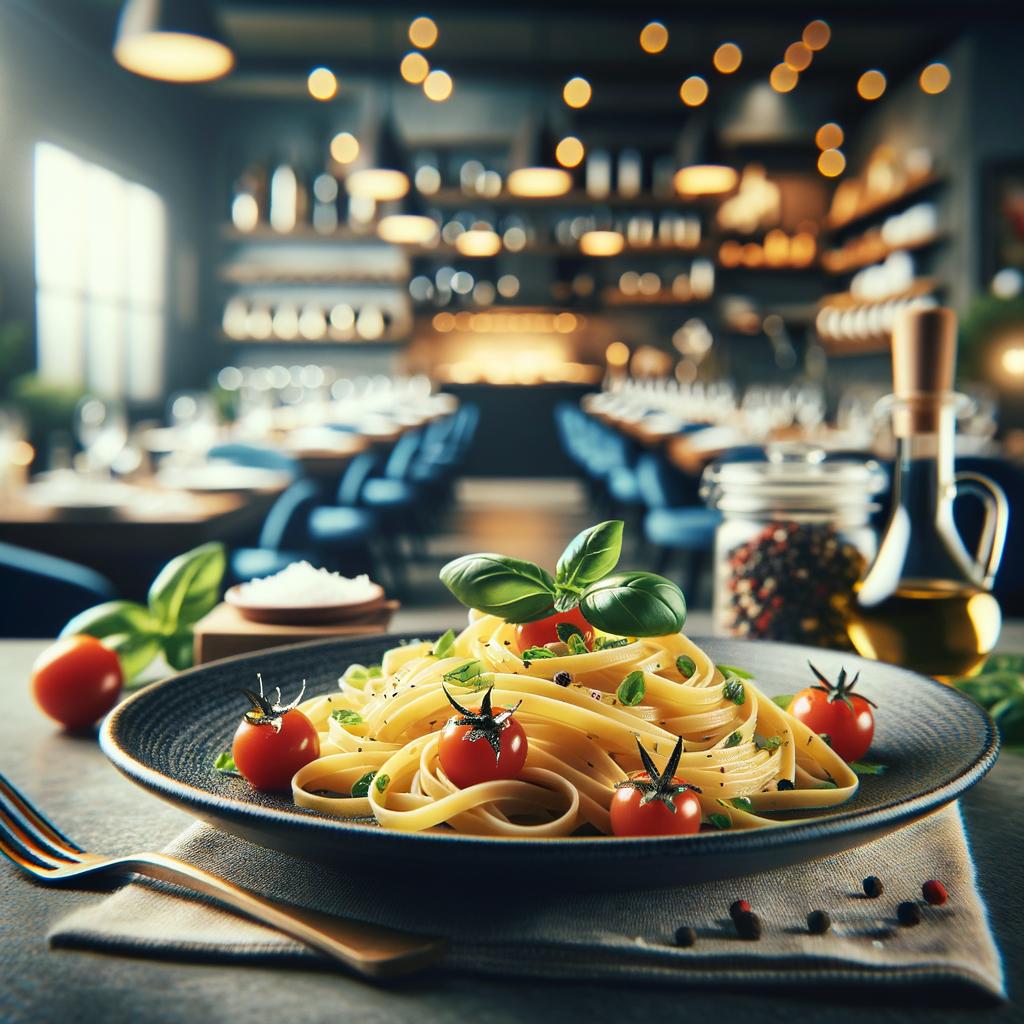for the Pasta

Description
Pasta, the quintessential Italian staple, is a delightful ingredient that has found its place in every corner of the world. It comes in a myriad of shapes and sizes, each with its own unique texture and purpose. From the delicate angel hair to the sturdy rigatoni, the thin strands of fettuccine to the hollow tubes of penne, the diversity of pasta is truly awe-inspiring. Its texture can range from silky smooth to satisfyingly chewy, depending on the type and cooking method. The flavor profile of pasta is subtly wheaty and slightly nutty, providing a wonderful canvas for a wide variety of sauces and accompaniments. Its unique characteristic lies in its versatility, adapting beautifully to virtually any culinary creation.
Primary Uses
Pasta is a culinary chameleon, effortlessly transforming to suit a wide array of dishes and cuisines. It serves as the backbone of iconic Italian dishes like spaghetti bolognese, fettuccine alfredo, and lasagna, to name a few. Beyond Italy, it's used in a myriad of ways, from a simple noodle soup in China to a hearty casserole in America. Its non-culinary uses are equally fascinating; it's often used in art projects, thanks to its various shapes and sizes, and it's even been used in symbolic rituals, embodying longevity and abundance.
History
The history of pasta is steeped in romance and intrigue. While it's commonly associated with Italy, its origins are believed to date back to ancient China. Marco Polo, the famous Venetian explorer, is often credited with introducing pasta to Italy from China in the 13th century, although this is a topic of much debate among food historians. Regardless of its origin, pasta's popularity skyrocketed in Italy, where it was embraced by both the aristocracy and the common folk. It was in Italy that pasta truly evolved, with different regions creating their own unique shapes and recipes. Over time, pasta spread across the globe, becoming a beloved staple in countless cuisines.
Nutritional Information
Pasta is a fantastic source of carbohydrates, providing the body with much-needed energy. It also contains a good amount of protein, particularly when made from whole grains. Pasta is low in fat and, if it's whole grain, can be a good source of dietary fiber. It also provides essential nutrients, including iron and several B-vitamins. In comparison to other grains, pasta has a lower glycemic index, which means it causes a slower rise in blood sugar levels. However, like any food, moderation is key. Pairing pasta with a balance of lean proteins, vegetables, and healthy fats can create a nourishing and satisfying meal.

